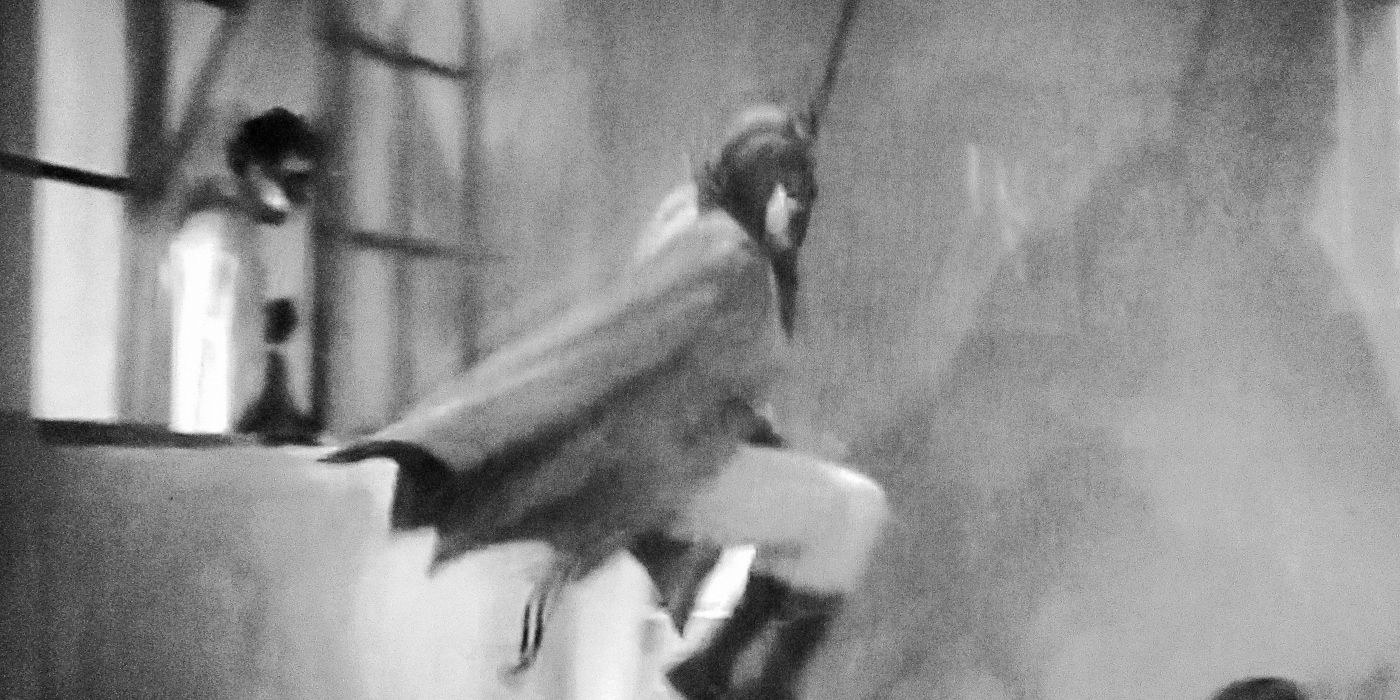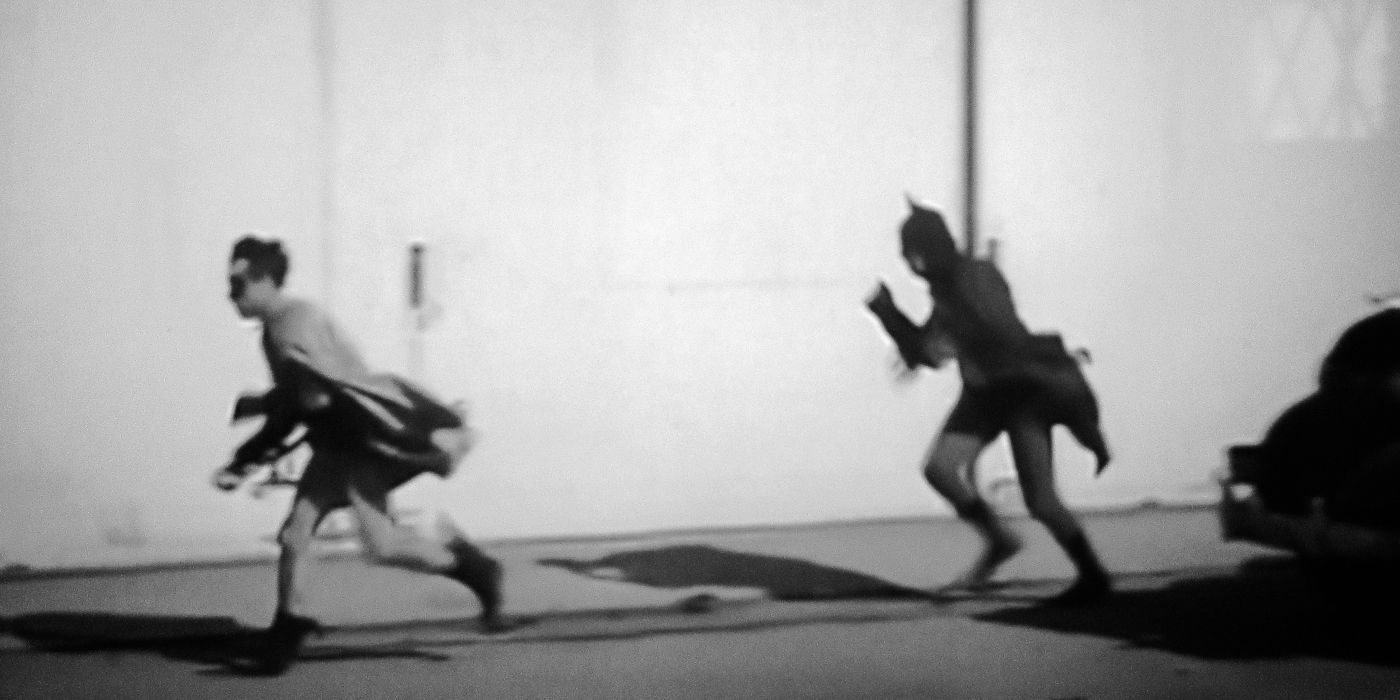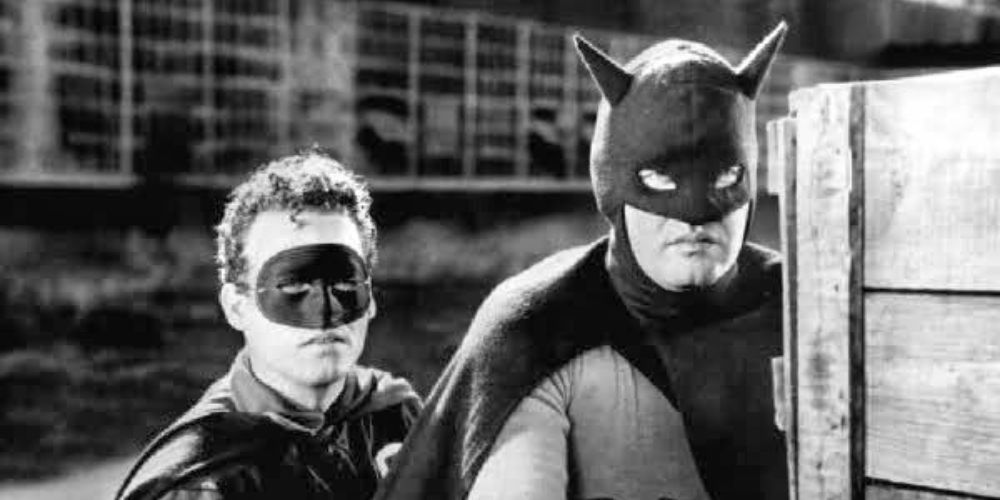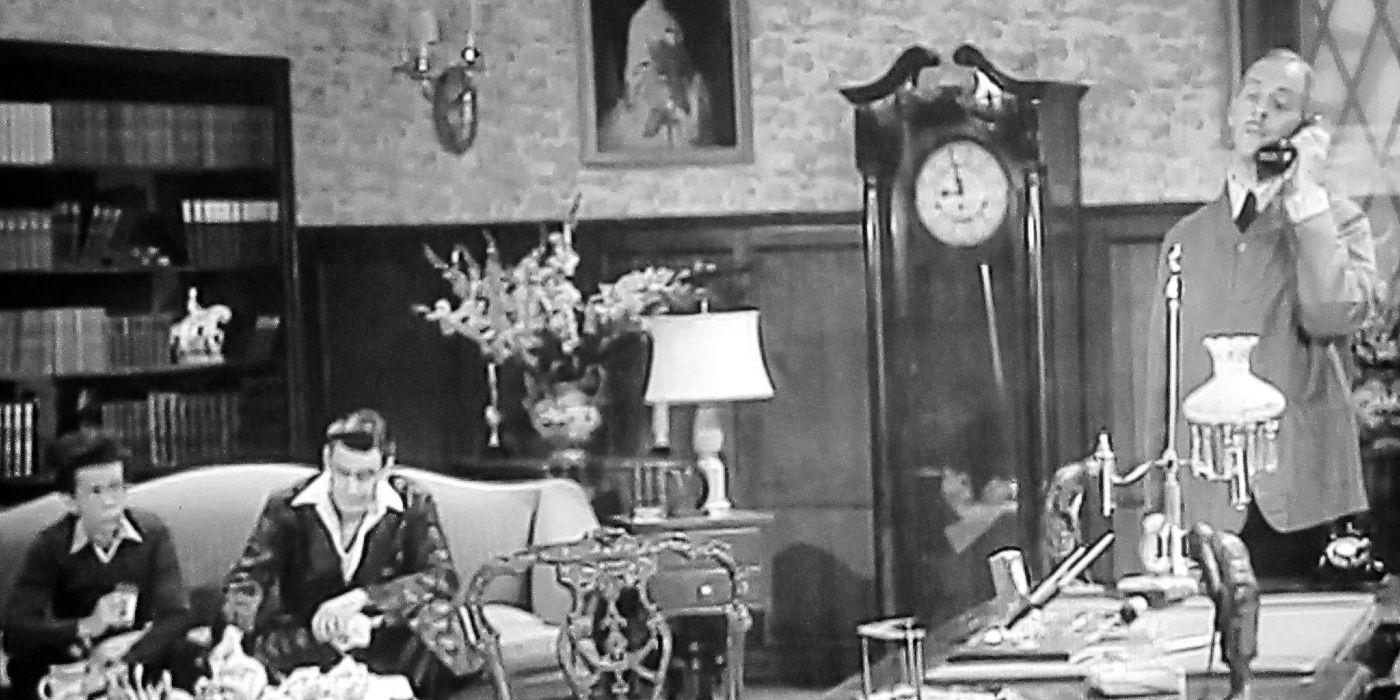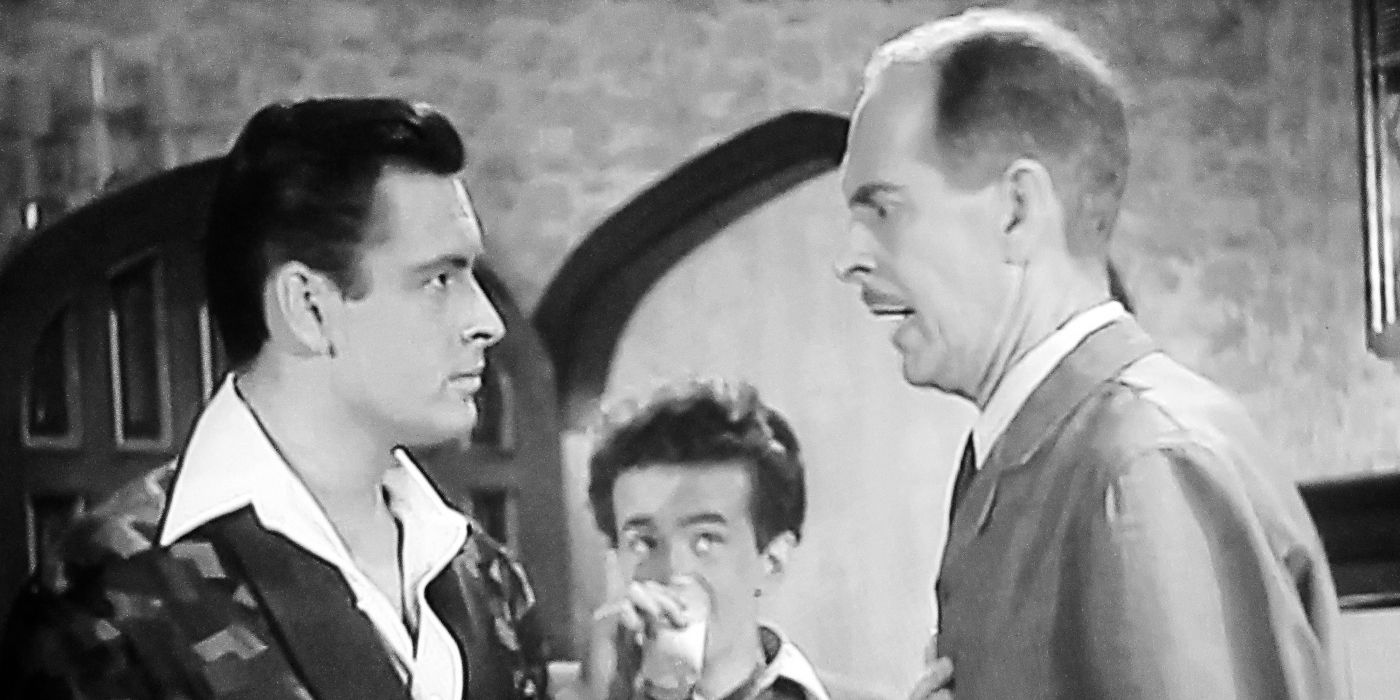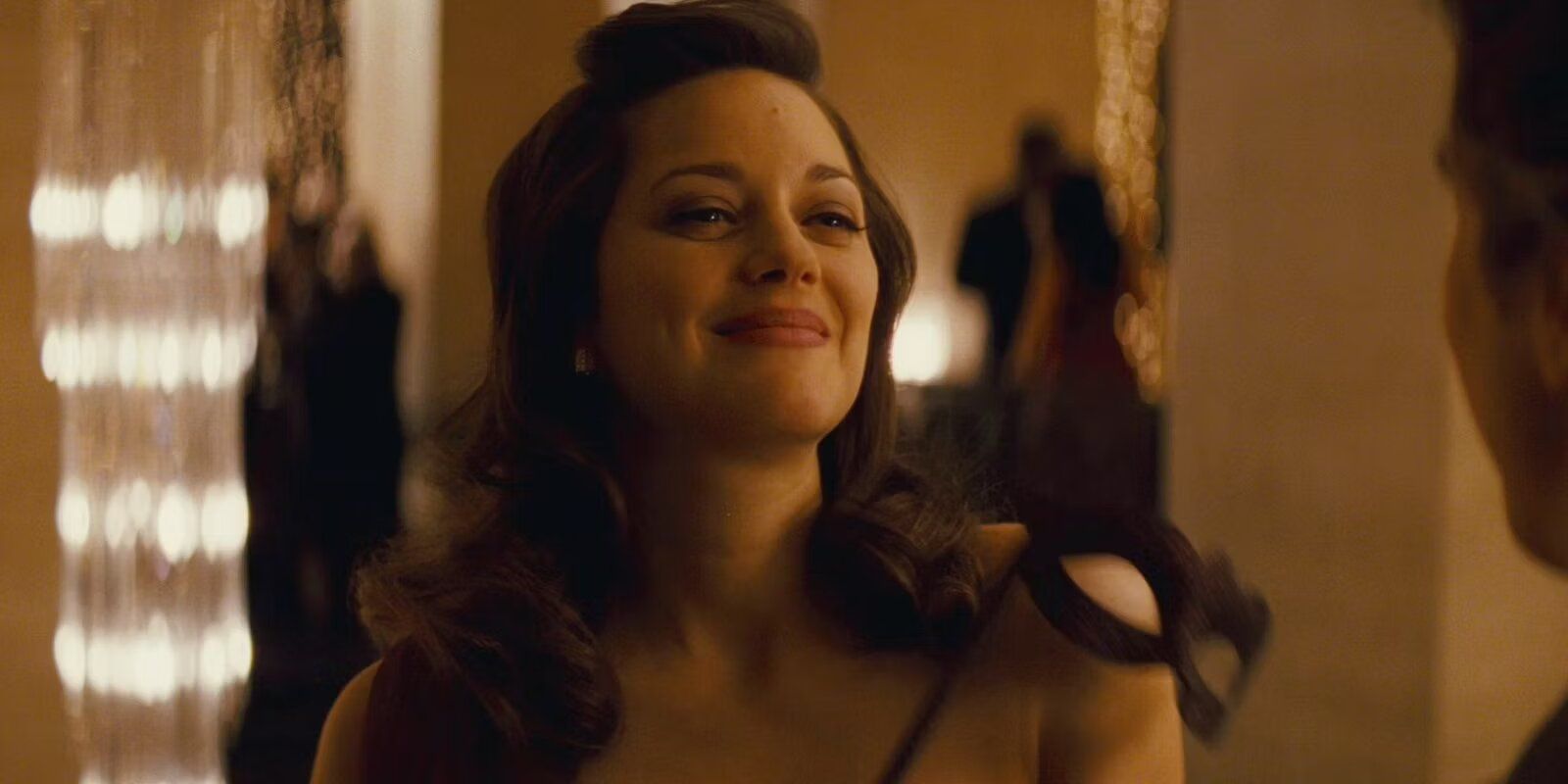Summary
- The Brave and the Bold shouldn’t be afraid to lean into the mystical side of the Batman mythos.
- A modern Batman movie should steer clear of being a propaganda piece and avoid replicating the overt pro-American and anti-Axis sentiments of the original film.
- Instead of focusing on grand-scale plans and high-stakes villains, a new Batman movie could benefit from revisiting street-level and petty crimes to offer a refreshing premise with lower stakes.
With so many live-action movies under his Utility Belt, there is no doubt that DCU‘s The Brave and the Bold Batman reboot will draw from movies past, and assuming his first live-action outing will be one of them, there are myriad lessons to be learned first. Batman’s first live-action movie was a serial, a format in the old days that would see the story play out over multiple screenings in theaters. Being that this serial was released at the height of World War 2 in 1943 there are certain instances of it being a product of its time that could stand to be avoided.
With that being said, there are still plenty of moments from the original Batman movie that could inspire certain parts of a modern rendition. The simply named Batman was released just four years after the Dark Knight made his comic book debut. With it being so early in Batman’s career, there were actually some common Batman tropes that Batman was the first to establish. As the bona fide Grandfather of the Batman movie franchise family, here are the lessons it can impart on the DCU.
10 White Actors Should Not Play People Of Color
One of the more regrettable habits of old Hollywood was the casting of white actors in roles depicting other nationalities. In Batman this was one sin committed by the casting of J. Carrol Naish in the role of Dr. Tito Daka, who is supposed to be a Japanese character. The show was unfortunately a product of its time, at the height of the war when anti-Japanese sentiment and overt racism was pretty rife. Needless to say, a modern re-imagining of Batman needs to keep well clear of this particular facet of the original – not that there’s really any doubt.
9 It Should Not Be A Propaganda Piece
Batman’s central plot saw the eponymous hero and Robin acting on behalf of the U.S. government in their fight against a Japanese villain immediately following the events of Pearl Harbor. The movie was itself released two years after the event happened in real life and in the middle of the Second World War. Like much of the media of the time, it was therefore a rather overt vehicle of pro-American and anti-Axis propaganda. It goes without saying that a modern take will no doubt avoid replicating this particular trait.
8 It Should Revisit Street-Level And Petty Crimes
In Batman, Dr. Tito Daka’s motives were to steal the city of Gotham’s radium stores in order to build a ray gun. The arc is a far cry from the grand designs recent Batman movie villains have dreamed up and decidedly more corny. In fact, it has become a common trope among most superhero movies to have their villains enact large-scale plans with dire effects. A different tack, therefore, that would see Batman and Robin return to their roots dealing with some street-level and more petty crimes would offer a refreshing new premise, with a healthy dose of lower stakes to help lighten the mood in one of Batman’s theatrical outings.
7 It Should Revisit Supernatural And Paranormal Tropes
With the recent Batman movies angling for darker tones in their respective narratives, there has been an air of believability to the villains and their motives. This relatively recent concern with making Superhero movies more grounded certainly has its place, but it is now a well-trodden path that certainly didn’t begin with Batman. In the original serial, Dr. Daka deployed zombies that he could directly control, with their existence falling firmly within the suspension of disbelief. The DCU’s Batman might switch things up by returning to this form, having supernatural and paranormal events occur simply because they are fun.
6 It Should Make Better Casting Decisions
Aside from avoiding the same mistake with Daka, the DCU’s Batman could certainly stand to sidestep the casting mistakes made with the original’s protagonists. Batman actor Lewis Wilson, for instance, was from Boston and not quite as in shape as the Caped Crusader famously is, while Robin actor Douglas Croft, despite being 16, looked far too old to play the young sidekick. It shouldn’t be hard for the DCU to make the correct casting call in this day and age, with a plethora of well-known and obscure actors practically made for each role.
5 It Can Perfect The Original Costume
The original Batman drew directly from the comics in creating the live-action costume – and largely succeeded in making it a faithful replica. With such a low budget, however, there was only so much the creators could do, resulting in a wardrobe that wouldn’t look out of place as a Halloween costume. Modern budgets and resources can circumnavigate these restrictions while keeping to a design that is faithful to the original suit. While it may look less intimidating than modern renditions, it would be a welcome “new” take on the classic getup.
4 The DCU Batman Should Revisit The Old Bat Cave Entrance
One of the original Batman‘s most prominent contributions to the Batman mythos is the Bat Cave (called the “Bat’s Cave” in the serial). Now that the Bat Cave is such a staple in any Batman movie, the DCU could stand to revisit its original secret entrance: a Grandfather Clock. This is the kind of homage that even a more somber DCU Batman movie could get away with, as it isn’t exactly the most outrageous of ideas dreamed up by Bruce Wayne.
3 DCU Batman Should Offer Comic Relief
One of the more obvious lessons to learn from the original Batman – whose success ended up spawning the action-comedy series starring Adam West – is to finally inject a little humor back into the comic book movie franchise. Alfred – whose character design in the original movie inspired his modern comic book counterpart – took on a comic relief role in the serial. This isn’t beyond the realm of possibility with James Gunn at the helm and would be one of the most refreshing features of a modern Batman movie that deviates from his three other most recent big-screen outings.
2 The DCU Batman Should Make Full Use Of Batman’s Romances
Like most comic book heroes, Batman has had his fair share of romances, but these have been either clumsily explored or sidelined in comic book movies. While it is probably wise for a modern take on Batman to sidestep the damsel in distress trope fully utilized by the original Batman, it could still feature the character Linda Page. Her no-nonsense response to Bruce Wayne’s dalliances could make for a compelling and even humorous character.
Even if the DCU’s Batman reintroduces characters like Rachel Dawes, a fuller exploration of their relationship from the movie’s outset certainly wouldn’t go amiss. As it stands, with Damian Wayne set to appear in The Brave and the Bold, the movie has a large opportunity to flesh out Wayne’s relationship with Talia al Ghul – Damian’s mother – right away. There is a lot of opportunity to have Bruce’s love interest assume a more central role.
1 The DCU Batman Should Utilize His Gadgets
1943’s Batman vastly underutilized Batman’s famous array of gadgets, featuring an unused Utility Belt and a convertible car chauffeured by Alfred in place of a Batmobile. Needless to say, with Wayne’s genius gadgets being such an integral aspect of his character, this is something the DCU should change with The Brave and the Bold, especially with its no doubt vast budget. A greater focus on the Utility Belt, with its array of bat-themed items, would be a sure place to start.

